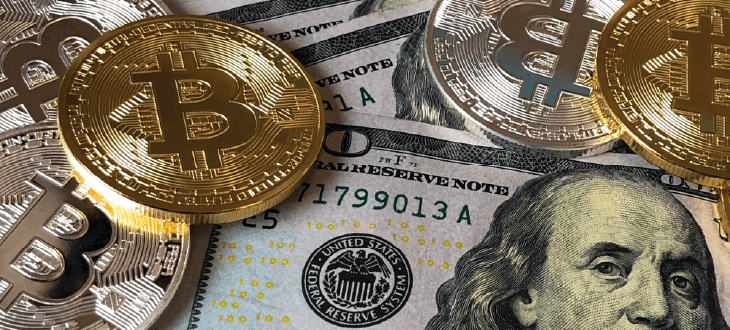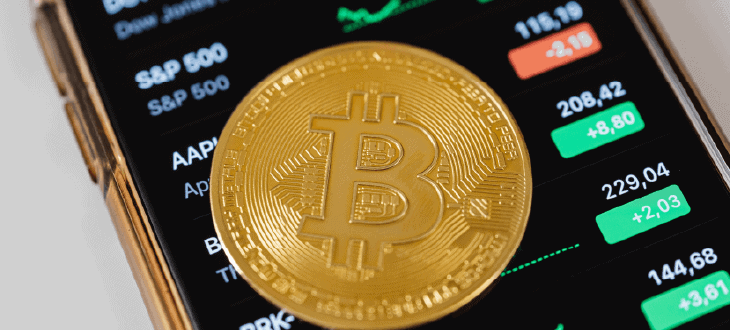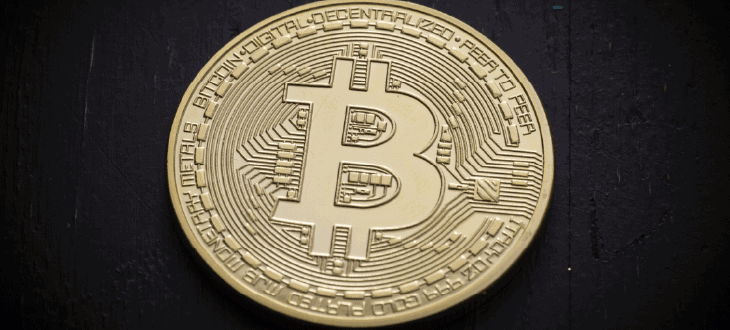What Determines the Price of a Bitcoin or an Altcoin? – An explainer into the influences at work in pricing the Bitcoin and Cryptocurrency markets
Consumer awareness of Bitcoin and its Altcoin cousins has shot through the roof in recent years. More and more mainstream press outlets have been reporting on the fortunes being made by Bitcoin investors.
This has quickly brought it into the public spotlight and we are now witnessing larger numbers of everyday consumers starting to buy into cryptocurrency.
These factors are believed to have been major driving forces behind the huge price spikes which were observed towards the end of 2017, and then again in early 2021.
Understandably everyone wants in on the opportunity. When returns are available which double or triple your investment, an obvious question to ask is just what determines the price of a Bitcoin or an Altcoin?

In simple terms – the value and price of a Bitcoin (or any Altcoin) is determined by what the market will pay for it.
If people are willing to pay X for 1BTC, then that tends to drive the price up and set the ‘Ask’. This is very similar to how stocks and shares are priced elsewhere.
What Determines the Price of a Bitcoin? – Strap in and welcome to the Roller Coaster
Bitcoin’s price has fluctuated spectacularly since 2008, when it was first introduced. As is the case with most other currencies and assets, the market price is determined by just how much people are willing to pay for it.
Recently, that asking price has seen huge peaks and dips. This is all reflective of the way in which people are speculate as to what the long-term value and price point of Bitcoin will be.
Some of the biggest influencing factors in Bitcoin’s on-going ‘Price Discovery’ are market sentiment, public perception, new innovation, press reports, and the volume of new entrants to the market.
You only need take a quick look at the changing prices on Cryptocurrency Exchanges, to see price discovery in action.
What Determines the Price of a Bitcoin? – Public Perception and Excitement
Everyday members of the public have experienced a significant increase in their awareness and sentiment towards Bitcoin in the last year or so. More and more mainstream press outlets continue to report on Bitcoin, it’s gains, it’s struggles and scandals.
All of this has brought it into the public spotlight.
Consequently the mainstream public has started to pay attention and buy in.

Understandably everyone wants in when they see the multiples on return which Bitcoin has offered to date. As more people buy in, this inevitable pushes the price even higher.
A high demand, coupled with a limited supply, will only ever mean one thing – increased value and asking price.
Not all Cryptocurrencies have a limited supply. However, Bitcoin certainly does, and with it being the largest and most valuable cryptocurrency by market capitalisation.
That characteristic is worth looking at some more.
What Determines the Price of a Bitcoin – Quick re-cap: Bitcoin has a limited supply
As a protocol established by Satoshi Nakamoto (Bitcoin’s founder), the number of Bitcoins that will ever is exist is limited to 21 million. This number is pre-determined and etched-in-stone into the underlying software and codebase of Bitcoin.
This supply limit has been imposed for a number of reasons. Two of the most relevant to this discussion are:
- It ensures stability and doesn’t dilute the value of existing Bitcoins by flooding the existing circulation.
- It means that theoretically, if interest continues to grow, then over time as the number of Bitcoins reaches its limit – the value of each Bitcoin will increase.
What Determines the Price of a Bitcoin – How many Bitcoins are left?
As of January 2018 there were just over 16 million Bitcoins in circulation. This leaves us with 4.3 million still to be mined.
However, it’s also worth noting that since circulation began, a large number of Bitcoins have been ‘lost’ forever. Either they were sent to invalid wallet addresses, or the hard drives / devices upon which they were stored have been corrupted, damaged or lost.

This also contributes to scarcity in the bitcoin circulation – since even though 16 million + Bitcoin might have been minted, not all of them are still available.
At current run rates, the limit of 21 million Bitcoins will be reached sometime around the year 2140. Once the upper limit is reached, Bitcoin Miners will no longer be rewarded in new Bitcoin. One way in which they are expected to fund themselves, will be through their transaction fees.
Although it’s also worth nothing that most miners already offer and accept these. In many cases, they do this in exchange for quick transaction processing.
What Determines the Price of a Bitcoin – Final Thoughts, and more to read
Low transaction fees is also key USP (Unique Selling Point) of Bitcoin. So these will have to remain low for Bitcoin to retain its status as an attractive alternative to traditional currencies.
